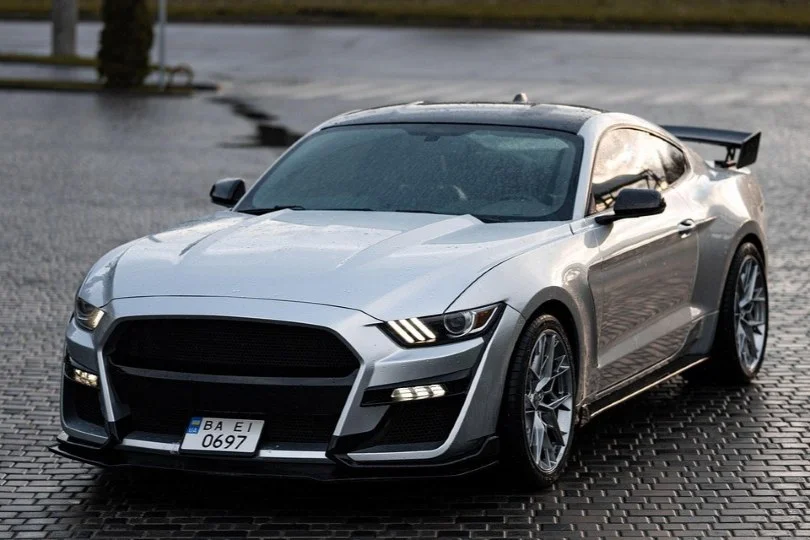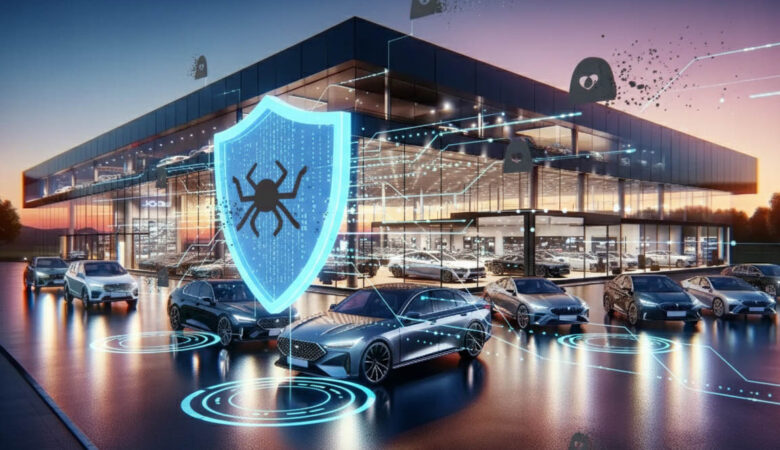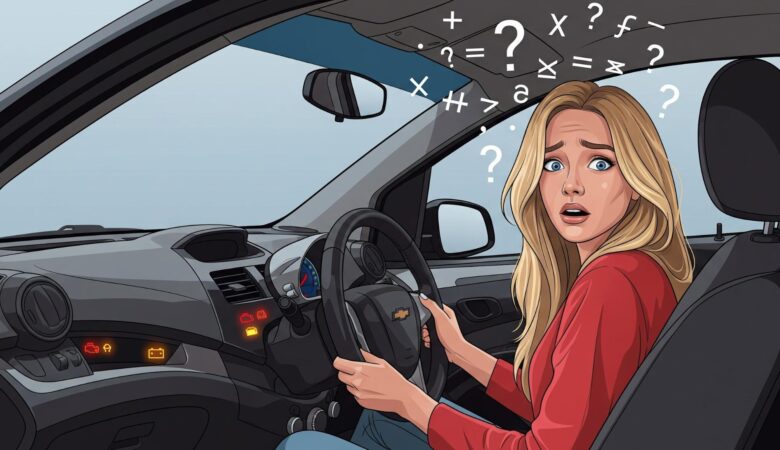Have you seen recent automotive news reporting that the average cost of a new car has now reached $50,000 for the first time in history? With Trump’s tariffs impacting profits, trade policies tightening, and the cost of rare earth minerals on the rise, the auto industry is facing a whirlwind of challenges—most of which are passed directly to consumers. As manufacturers rush to remain competitive, dealership professionals and buyers alike are asking: how far will our budgets stretch for 2026 new car launches?
Why Car Prices Are Going Up
Vehicle prices are climbing rapidly due to ongoing global pressures. Here are the main factors driving costs:
- Tariff-Driven Production Costs
Tariffs have risen sharply in recent years, increasing production costs for car manufacturers. The new 25% U.S. tariffs (introduced in 2025) have added over $6,000 in costs to smaller vehicles priced under $40,000. See Ford’s response to tariffs and recalls here. Manufacturers pass these costs onto customers, making new cars more expensive across the board.
This challenge is compounded as automakers roll out 2026 models with new technologies and added features, which come with their own expenses. The industry faces a critical balancing act: keeping new car prices competitive while maintaining profitability.
- Supply Chain Disruptions:
Pandemic aftershocks and global logistics issues continue to disrupt supply chains, particularly for semiconductors and EV components. Rising costs in construction, machinery, and raw materials also diminish vehicle value and complicate production timelines.
- EV Development Costs and Competition
As regulations push toward climate-conscious solutions, car manufacturers are investing heavily in electric vehicles (EVs). While EVs represent a major technological leap, high production and development costs remain a barrier. Temporary incentives, such as Tesla’s recent price cuts, are not enough to offset these expenses, which in turn drives up EV development costs and ultimately affects new car prices.
Global Trade Moves Affecting the Industry
The automotive industry is highly sensitive to trade dynamics:
➜ The Impact of Tariffs
Both imported and domestic vehicles are more expensive due to tariffs, which raise the cost of steel, aluminum, and other key materials. Sudden tariff changes create planning challenges, leaving automakers to either absorb the costs or pass them on to consumers. Want to know more? See how dealers are responding to trade uncertainties here.
➜ The Push for Localization
Manufacturers are shifting toward local production to reduce dependency on foreign suppliers. While this improves control over supply, it comes with significant upfront costs for new factories and operations.
➜ Comparing U.S. and China’s Trends
China remains the world’s largest auto market and heavily invests in EVs, intensifying competition. U.S. automakers are still scaling EV offerings while balancing cost management. These differing strategies create two fundamental pressures: China focuses on market share, while the U.S. aims to maintain sustainable pricing.
Leadership Shuffles in the Auto Industry
Uncertainty is prompting executives at OEMs and dealerships to rethink strategies, often merging roles or restructuring teams to focus on critical areas:
- Sustainability Targets: Meeting emissions and green initiatives set by regulators.
- Strategic Partnerships: Forming alliances with tech and battery providers to stay competitive in the EV market.
- Cost Management: Balancing profitability, pricing, and labor decisions while satisfying consumers and boards.
Dealership leadership is evolving. Traditional approaches are no longer enough; innovative strategies are required to navigate rising new car prices and market volatility.
What Consumers Can Do to Adapt
High vehicle costs, uncertainty, and the complexities of EVs are influencing buying behavior:
- ♻️ Keeping Cars Longer: Many consumers are extending vehicle ownership to counter rising new car prices.
- ♻️ Increased Investment in Maintenance: Longer vehicle lifespans have boosted demand for proper servicing, making Fixed Operations an essential profit center for dealerships.
Turning Challenges into Opportunities: Why Fixed Ops Is the Answer
With new car sales under pressure, dealerships are seeking stable revenue streams. Fixed Operations, including servicing, maintenance, and parts sales, offers reliable income and strengthens customer loyalty.
Why Fixed Ops Stands Out:
- Revenue from vehicle service remains steady, even as sales fluctuate.
- Investments in Fixed Ops drive customer satisfaction, retention, and long-term profitability.
Who We Are
Chris Collins is not the average business consultant. With over 25 years in the automotive industry and three best-selling books (Millionaire Service Advisor, Irreplaceable Service Manager, Gamification), Chris has developed proven strategies to optimize Fixed Operations and restructure dealerships for maximum impact.
How We Help Dealerships
✔ On-Demand Training: Our Service Drive Revolution program enhances teamwork and accountability across Service Advisors, Technicians, and admin teams.
✔ Process Optimization: Proven methods boost productivity, customer satisfaction, and retention.
✔ Culture Building: A winning dealership culture focuses on trust, reliability, and excellent service, not just selling cars.
✔ Revenue & Retention Growth: Investment in Fixed Ops drives loyalty, profitability, and dealership value.
Conclusion
The automotive industry faces challenges from tariffs, EV development costs, and evolving customer expectations. Yet opportunities remain untapped—especially in Fixed Operations. Dealerships that act now can maximize profitability and strengthen teams for the future.
Book your 15-Minute Opportunity Analysis Call today: +1 (800) 230-5165. Turn challenges into measurable success.
FAQs
Will the 2026 new car launches be more expensive?
Yes. Almost all manufacturers are raising prices for new models, with moderate increases expected due to demand and production costs, though tariffs may add additional costs.
What new cars are coming in 2026?
Notable models include the Longbow Speedster, Longbow Roadster, Morgan Super Sport, Genesis X Grand Berlinetta, and Generelli LS60, blending internal combustion with hybrid and electric powertrains.
Which car is the most expensive?
The Rolls-Royce La Rose Noire Droptail, retailing for $30 million, currently holds the top spot, featuring twin-turbo V12 engines and bespoke artisan interiors.





